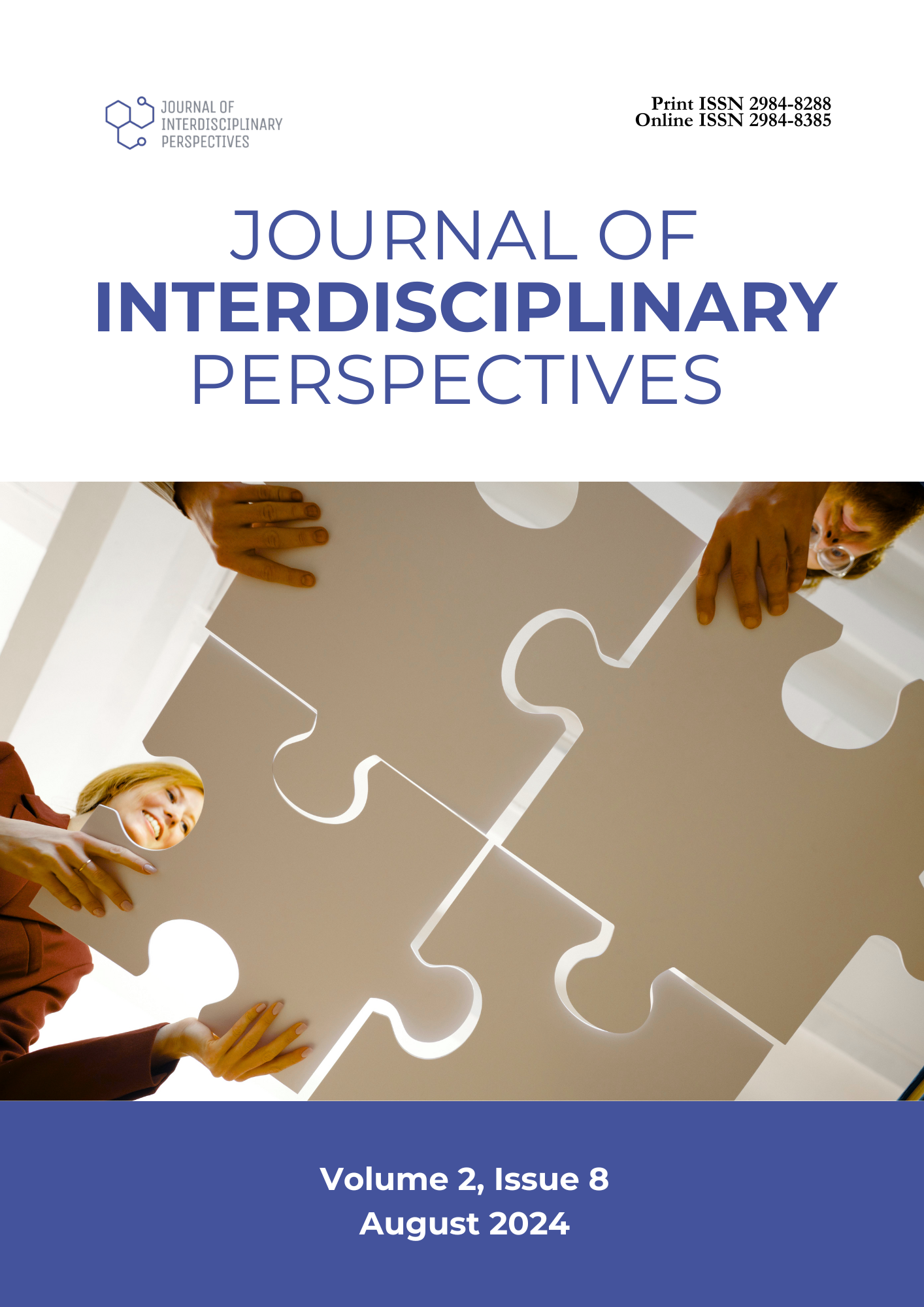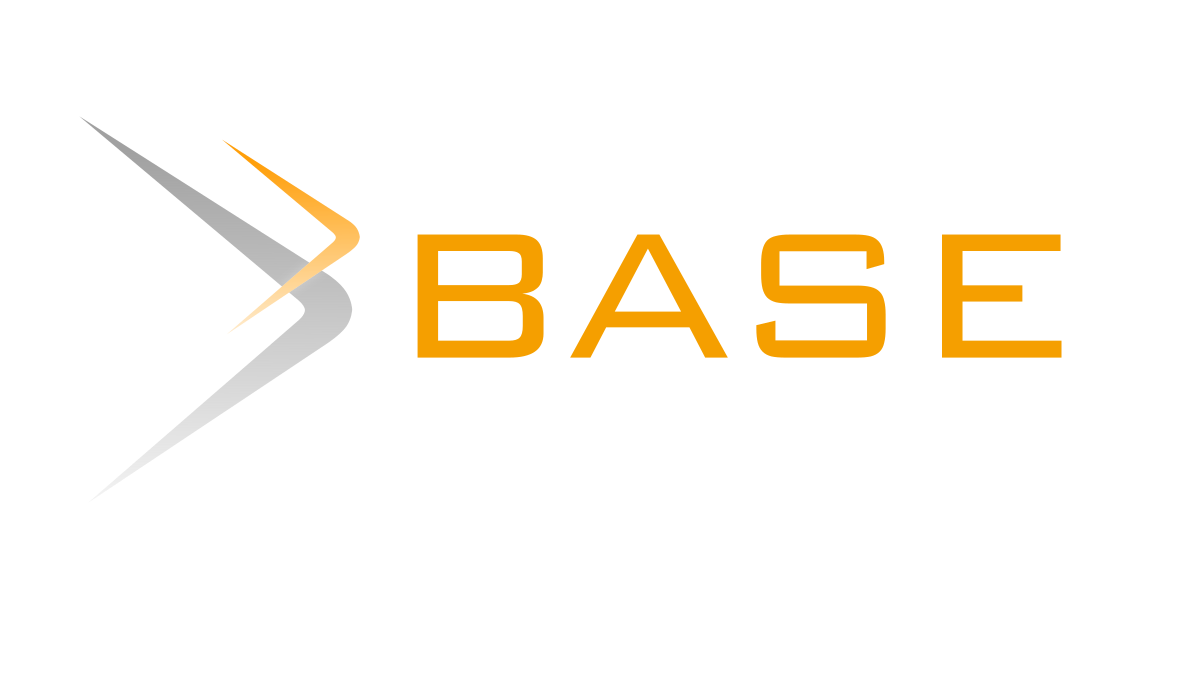Effective Technology Integration: Closing the Digital Gap among High School Students
DOI:
https://doi.org/10.69569/jip.2024.0295Keywords:
Technology integration, Digital inclusion, Digital literacy, Digital gap, Disparity reductionAbstract
This study investigated the impact of technology integration strategies on digital inclusion among high school students, focusing on reducing disparities in access and digital literacy. Seventy-five out of 1,131 Grade 11 Senior High School students from a private school in Quezon City were surveyed to understand their demographic profiles, barriers to digital access, the effectiveness of digital literacy integration in the curriculum, the support for technology use in classroom activities, and the accessibility and inclusivity of digital resources. The research used a mixed-methods approach to assess digital access disparities and technology integration effectiveness. Quantitative data was used to analyze respondents' demographics and identify technology gaps, while qualitative insights explored contributing factors to digital disparity, ensuring comprehensive evidence and a deeper understanding of the intervention's impact and effectiveness. The findings highlight significant areas of concern, including internet connectivity, financial constraints, and access to digital devices, alongside a need for improved digital literacy, cybersecurity awareness, and teacher training. The results underscore the necessity for comprehensive support mechanisms to promote equitable and inclusive digital learning environments. To address these challenges, the study suggests implementing mechanisms such as financial support for acquiring necessary digital devices, improvements in internet infrastructure, and extensive training programs for teachers to enhance their digital literacy and teaching skills. By doing so, educational institutions can foster a more equitable and inclusive digital learning environment, ensuring that all students, regardless of their socioeconomic status, can access and benefit from technology-enhanced education. This holistic approach aims to bridge the digital divide and promote fairer educational opportunities through strategic technology integration.
Downloads
References
Addressing the digital divide | UN-Habitat. (n.d.). https://unhabitat.org/programme/legacy/people-centered-smart-cities/addressing-the-digital-divide
Afzal, A., Khan, S., Daud, S., Ahmad, Z., & Butt, A. (2023). Addressing the Digital Divide: Access and use of technology in education. Journal of Social Sciences Review, 3(2), 883–895. https://doi.org/10.54183/jssr.v3i2.326
Beaunoyer, E., Dupéré, S., & Guitton, M. J. (2020). COVID-19 and digital inequalities: Reciprocal impacts and mitigation strategies. Computers in Human Behavior, 111, 106424. https://doi.org/10.1016/j.chb.2020.106424
Brussino, O. (2021). Building capacity for inclusive teaching. OECD Education Working Papers. https://doi.org/10.1787/57fe6a38-en
Cerna, L. et al. (2021). Promoting inclusive education for diverse societies. OECD Education Working Papers. https://doi.org/10.1787/94ab68c6-en
European Commission, D. et al. (2021). Enhancing Learning through Digital Tools and Practices: how Digital Technology in Compulsory Education can Help Promote Inclusion: Final Report, Publications Office, https://data.europa.eu/doi/10.2766/365846.
Garmendia, M., & Karrera, I. (2019). ICT Use and Digital Inclusion among Roma/Gitano Adolescents. Media and Communication, 7(1), 22–31. https://doi.org/10.17645/mac.v7i1.1624
González-Betancor, S. M., López-Puig, A. J., & Cardenal, M. E. (2021). Digital inequality at home. The school a compensatory agent. Computers and Education/Computers & Education, 168, 104195. https://doi.org/10.1016/j.compedu.2021.104195
Gottschalk, F., and Weise, C. (2023). Digital Equity and Inclusion in Education: An Overview of Practice and Policy in OECD Countries. Organisation for Economic Co-operation and Development. https://one.oecd.org/document/EDU/WKP(2023)14/en/pdf
Gouëdard, P., Pont, B., & Viennet, R. (2020). Education responses to COVID-19: Implementing a way forward. OECD Education Working Papers. https://doi.org/10.1787/8e95f977-en
Hatlevik, O. E., & Christophersen, K. (2013). Digital competence at the beginning of upper secondary school: Identifying factors explaining digital inclusion. Computers and Education/Computers & Education, 63, 240–247. https://doi.org/10.1016/j.compedu.2012.11.015
Helsper, E. J., & Van Deursen, A. J. a. M. (2016). Do the rich get digitally richer? Quantity and quality of support for digital engagement. Information, Communication & Society, 20(5), 700–714. https://doi.org/10.1080/1369118x.2016.1203454
Johannes, C., Morten, R., Niall, W., Anne, G., & Laurenz, L. (2017). Digital Education Policies in Europe and beyond: Key design principles for More Effective Policies. RePEc: Research Papers in Economics. https://doi.org/10.2760/462941
Johnston, T. (n.d.). Training teachers to bridge the digital divide. W&M ScholarWorks. https://scholarworks.wm.edu/wmer/vol3/iss2/4/?utm_source=scholarworks.wm.edu%2Fwmer%2Fvol3%2Fiss2%2F4&utm_medium=PDF&utm_campaign=PDFCoverPages
Kim, H. J., Yi, P., & Hong, J. I. (2021). Are schools digitally inclusive for all? Profiles of school digital inclusion using PISA 2018. Computers and Education/Computers & Education, 170, 104226. https://doi.org/10.1016/j.compedu.2021.104226
Mascheroni, G., Cino, D., Mikuška, J., & Smahel, D. (2022). Explaining inequalities in vulnerable children’s digital skills: The effect of individual and social discrimination. New Media & Society, 24(2), 437–457. https://doi.org/10.1177/14614448211063184
Mintz, J., Connolly, C., O’Brien, E., Daniela, L., & Ceallaigh, T. Ó. (2024). Inclusive Digital Education: Contexts, Practices and Perspectives. Computers in the Schools, 1–5. https://doi.org/10.1080/07380569.2024.2340873
OECD (2019). TALIS 2018 Results (Volume I): Teachers and School Leaders as Lifelong Learners, TALIS, OECD Publishing, Paris, https://doi.org/10.1787/1d0bc92a-en.
OECD (2020). PISA 2018 Results (Volume V): Effective Policies, Successful Schools, PISA, OECD Publishing, Paris, https://doi.org/10.1787/ca768d40-en.
Publications Office of the European Union. (2021). Enhancing learning through digital tools and practices : how digital technology in compulsory education can help promote inclusion : final report : October 2021. Publications Office of the EU. https://op.europa.eu/en/publication-detail/-/publication/b12644c4-315c-11ec-bd8e-01aa75ed71a1/language-en
Selwyn, N. (2016). Digital Inclusion: Can we Transform Education Through Technology? https://doi.org/10.31235/osf.io/m5fw7
Sevilla, A., Phimister, A., Krutikova, S., Kraftman, L., Farquharson, C., Dias, M. C., Cattan, S., & Andrew, A. (2020). Learning during the lockdown: real-time data on children’s experiences during home learning. https://doi.org/10.1920/bn.ifs.2020.bn0288
UNESCO, (2020). Background Paper for GEM Report 2020, Technology for Inclusion. https://unesdoc.unesco.org/ark:/48223/pf0000373655
Van Der Vlies, R. (2020b). Digital strategies in education across OECD countries. OECD Education Working Papers. https://doi.org/10.1787/33dd4c26-en
Wang, C., Chen, X., Yu, T., Liu, Y., & Jing, Y. (2024b). Education reform and change driven by digital technology: a bibliometric study from a global perspective. Humanities & Social Sciences Communications, 11(1). https://doi.org/10.1057/s41599-024-02717-y.
Downloads
Published
How to Cite
Issue
Section
License
Copyright (c) 2025 Journal of Interdisciplinary Perspectives

This work is licensed under a Creative Commons Attribution-NonCommercial 4.0 International License.









